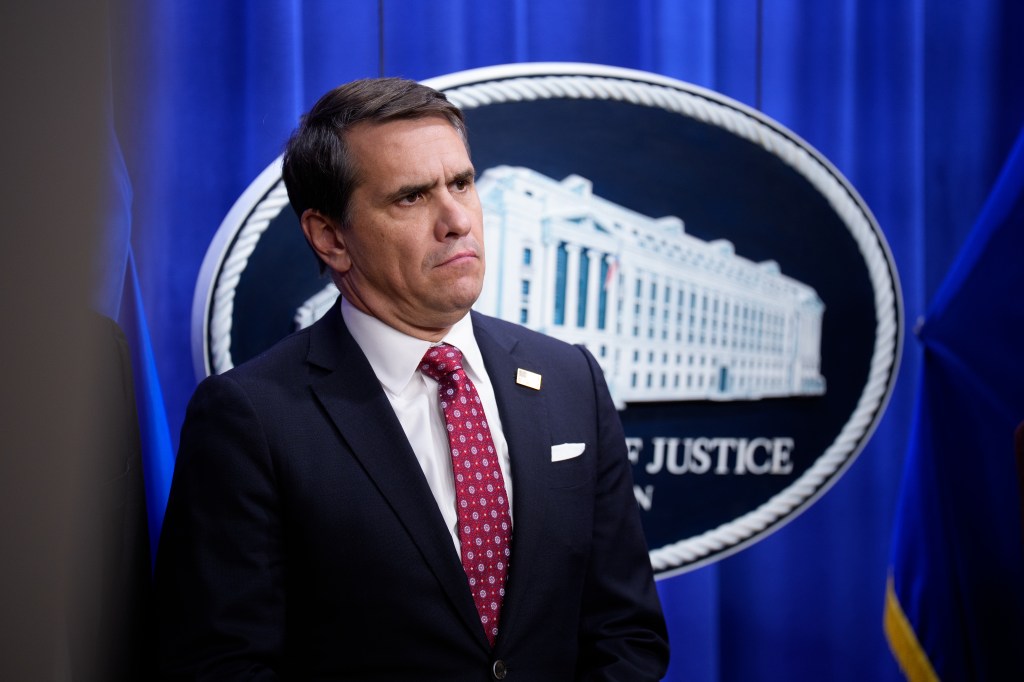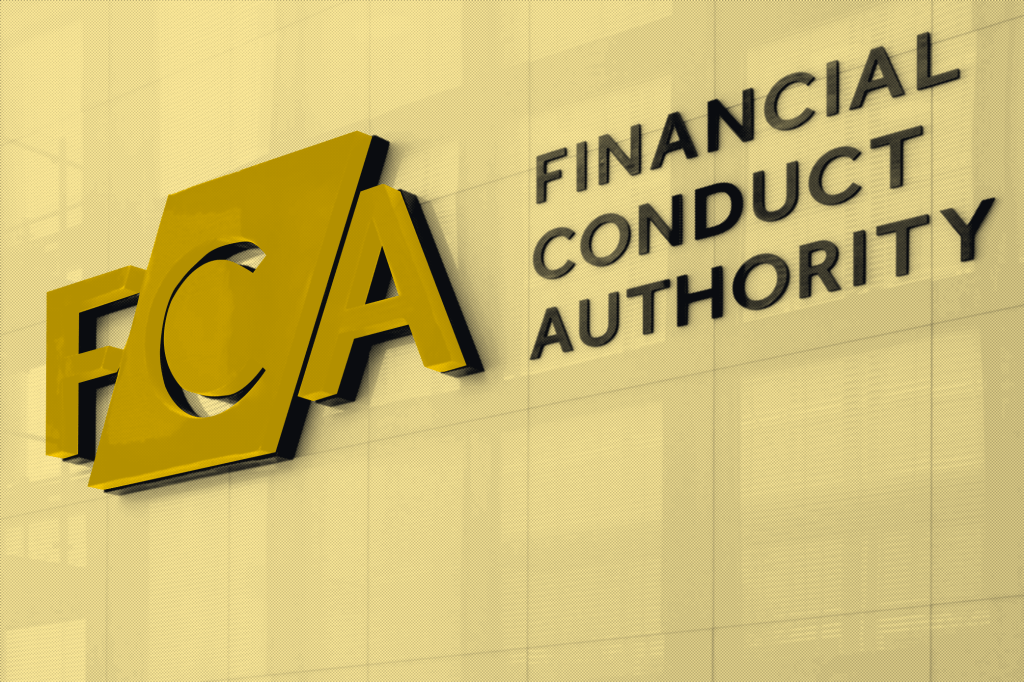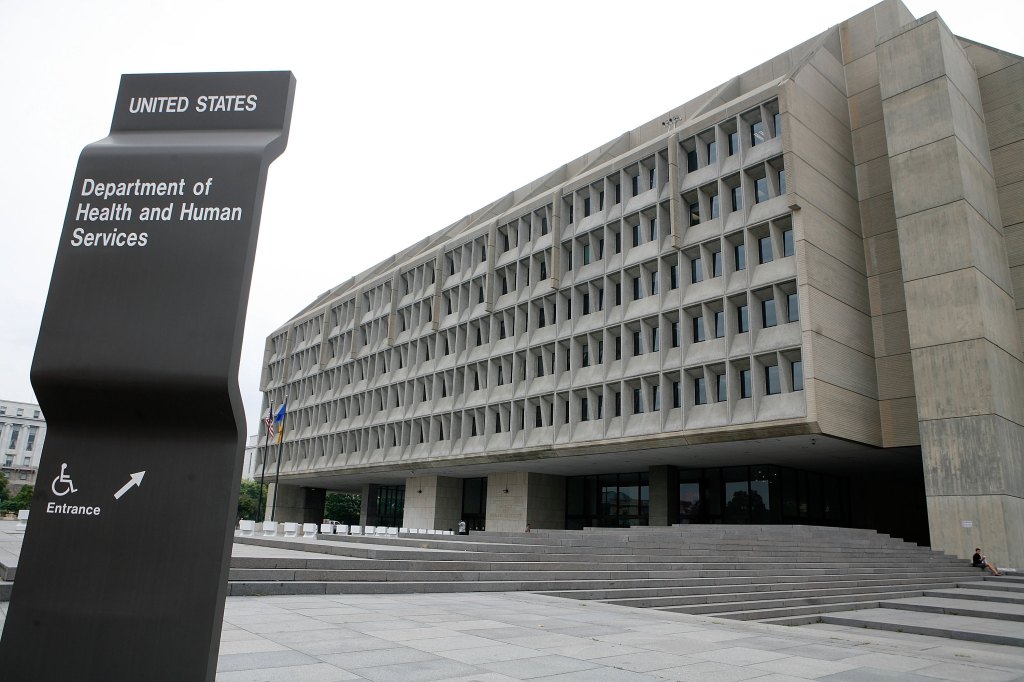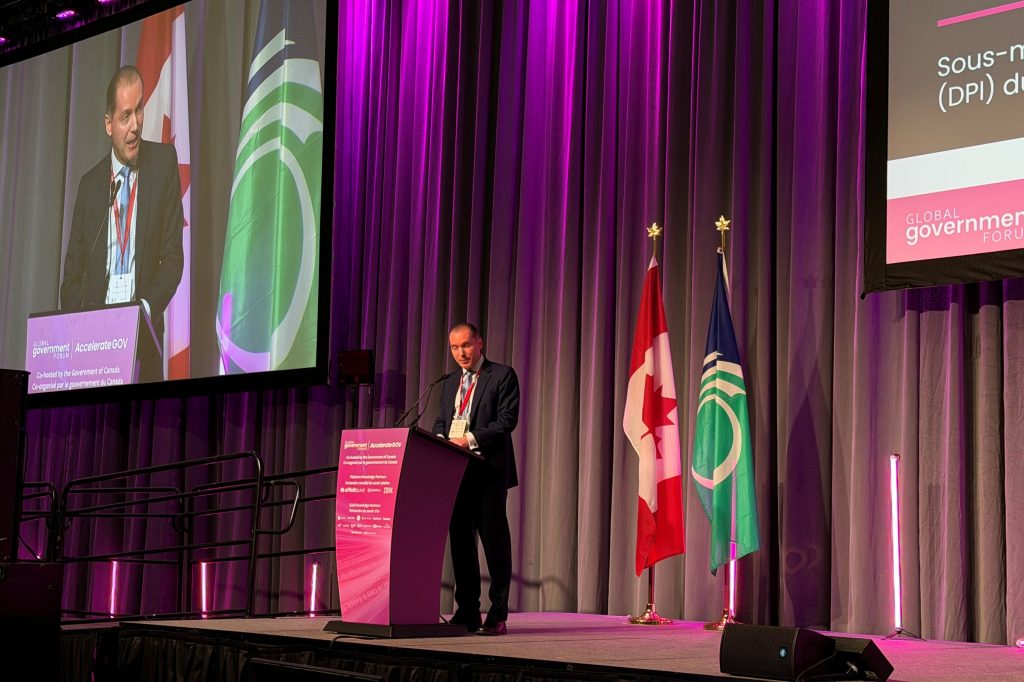A panel of experts at the Global RegTech Summit 2025 in London discussed the different aspects, strategies and impacts of introducing a unified compliance culture across organizations.
The panel was chaired and moderated by Jess Harvey (Compliance LnD). Panel members included Marili Ander (Rabo Bank), Michael Rasmussen (GRC 2020), Conrado Chavez
The
Register for free to keep reading
To continue reading this article and unlock full access to GRIP, register now. You’ll enjoy free access to all content until our subscription service launches in early 2026.
- Unlimited access to industry insights
- Stay on top of key rules and regulatory changes with our Rules Navigator
- Ad-free experience with no distractions
- Regular podcasts from trusted external experts
- Fresh compliance and regulatory content every day

















